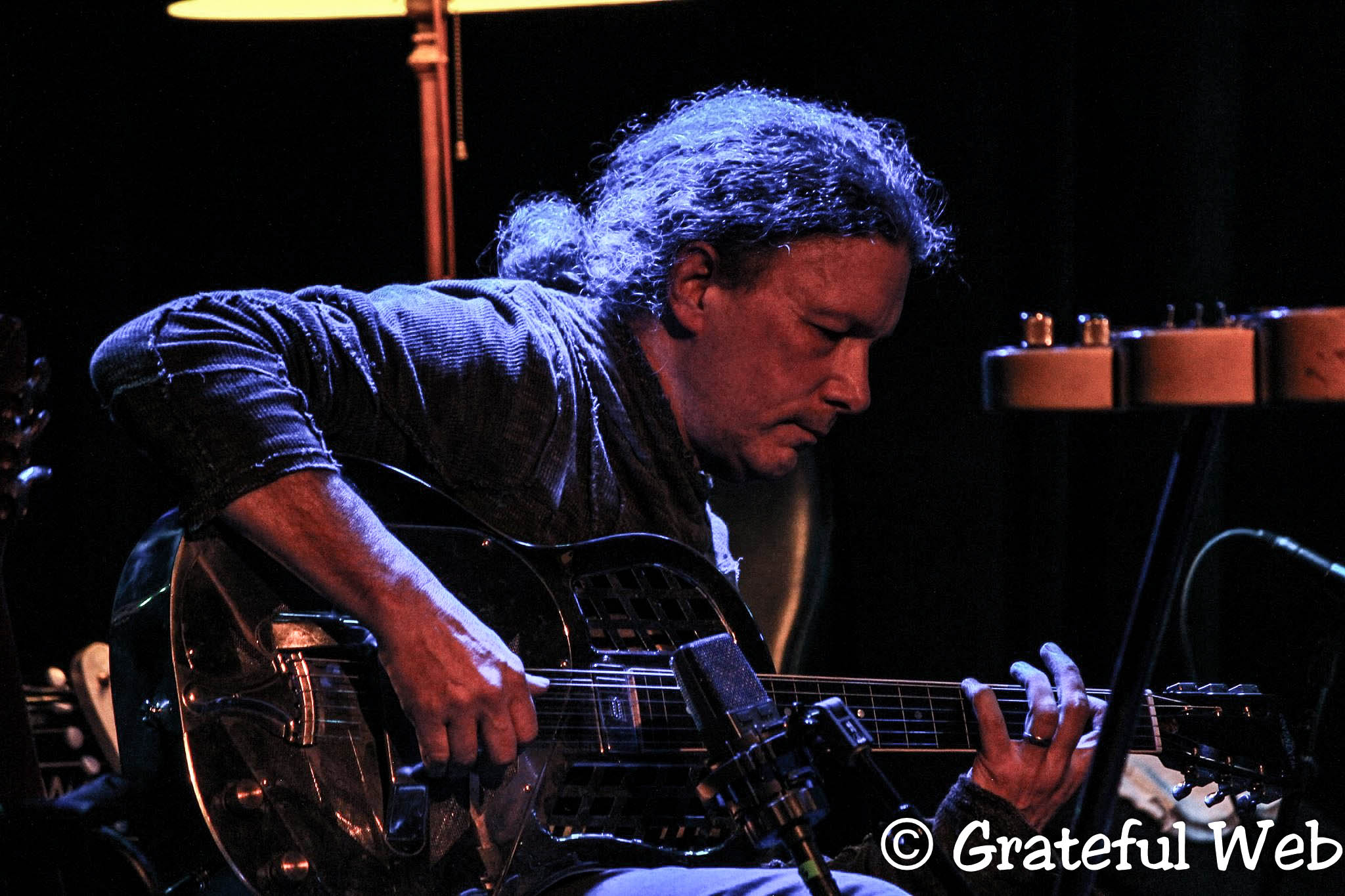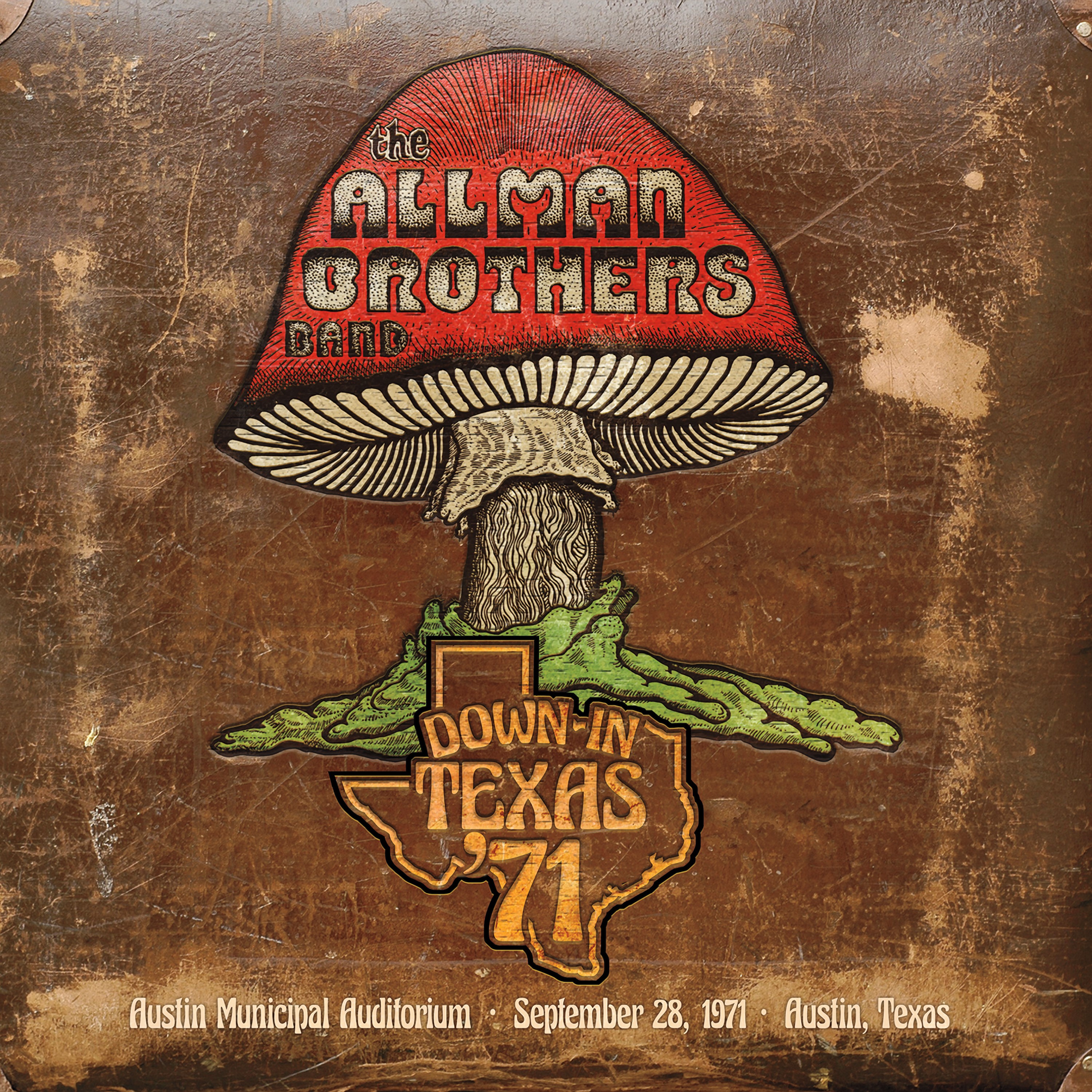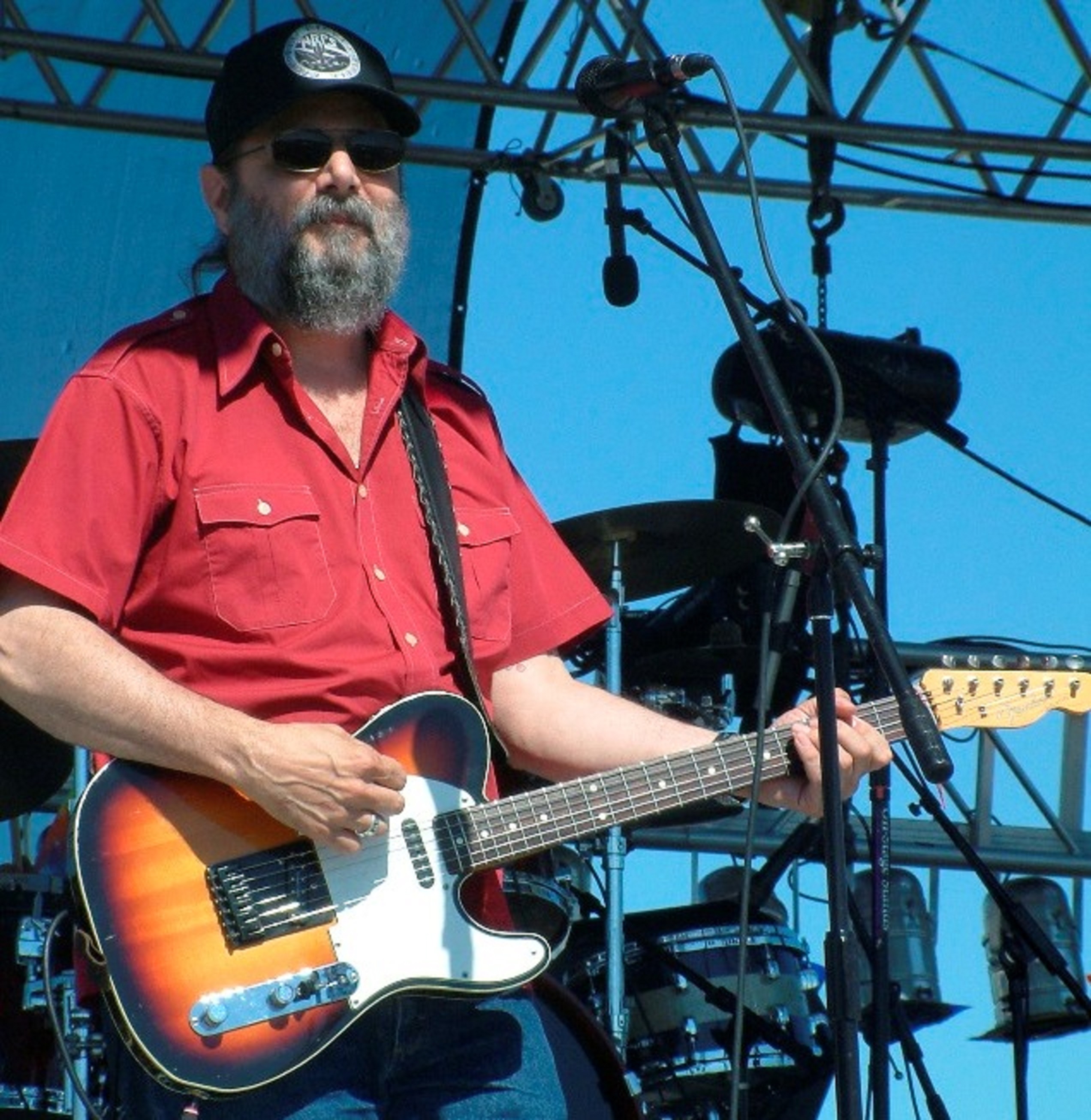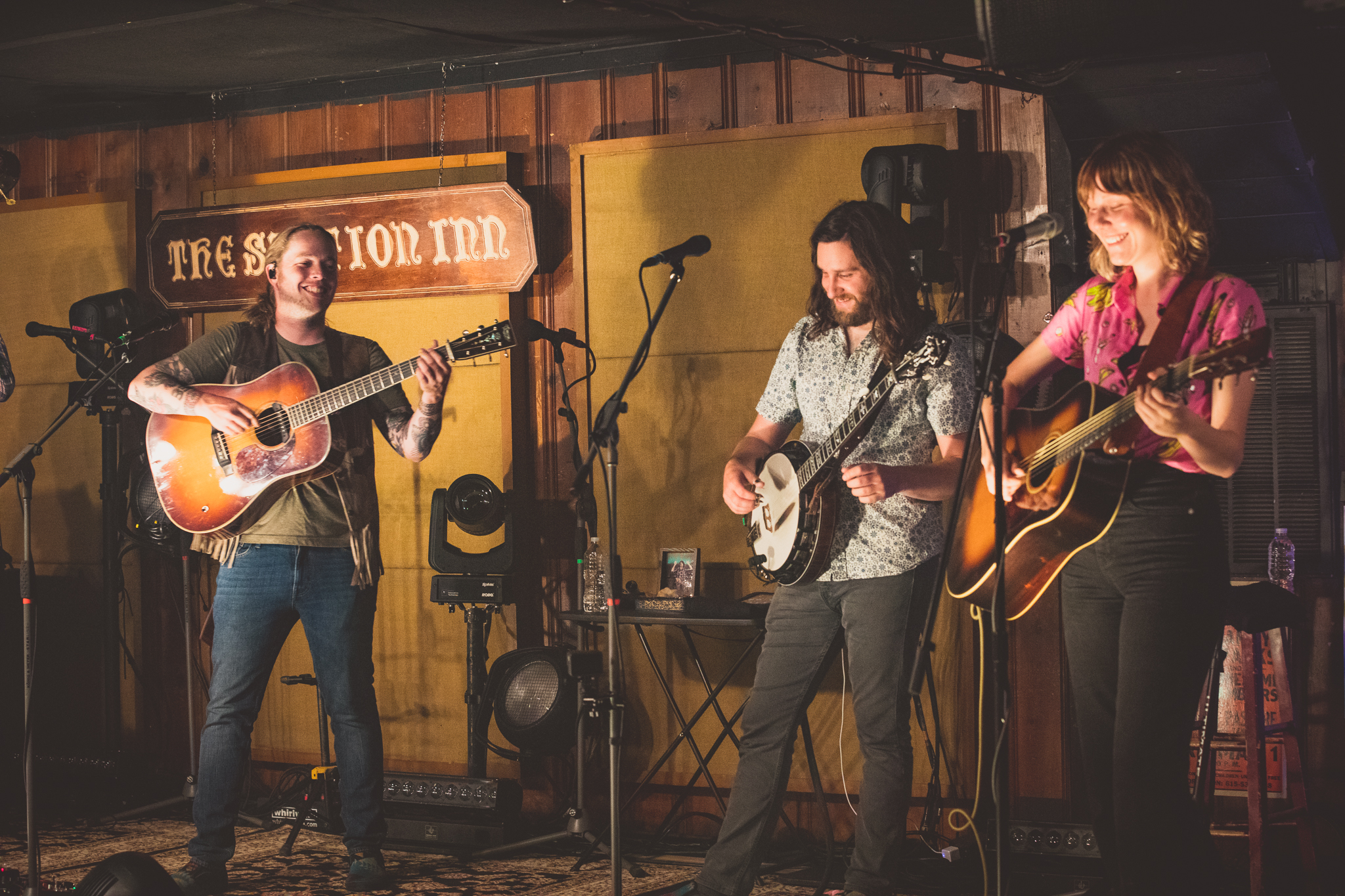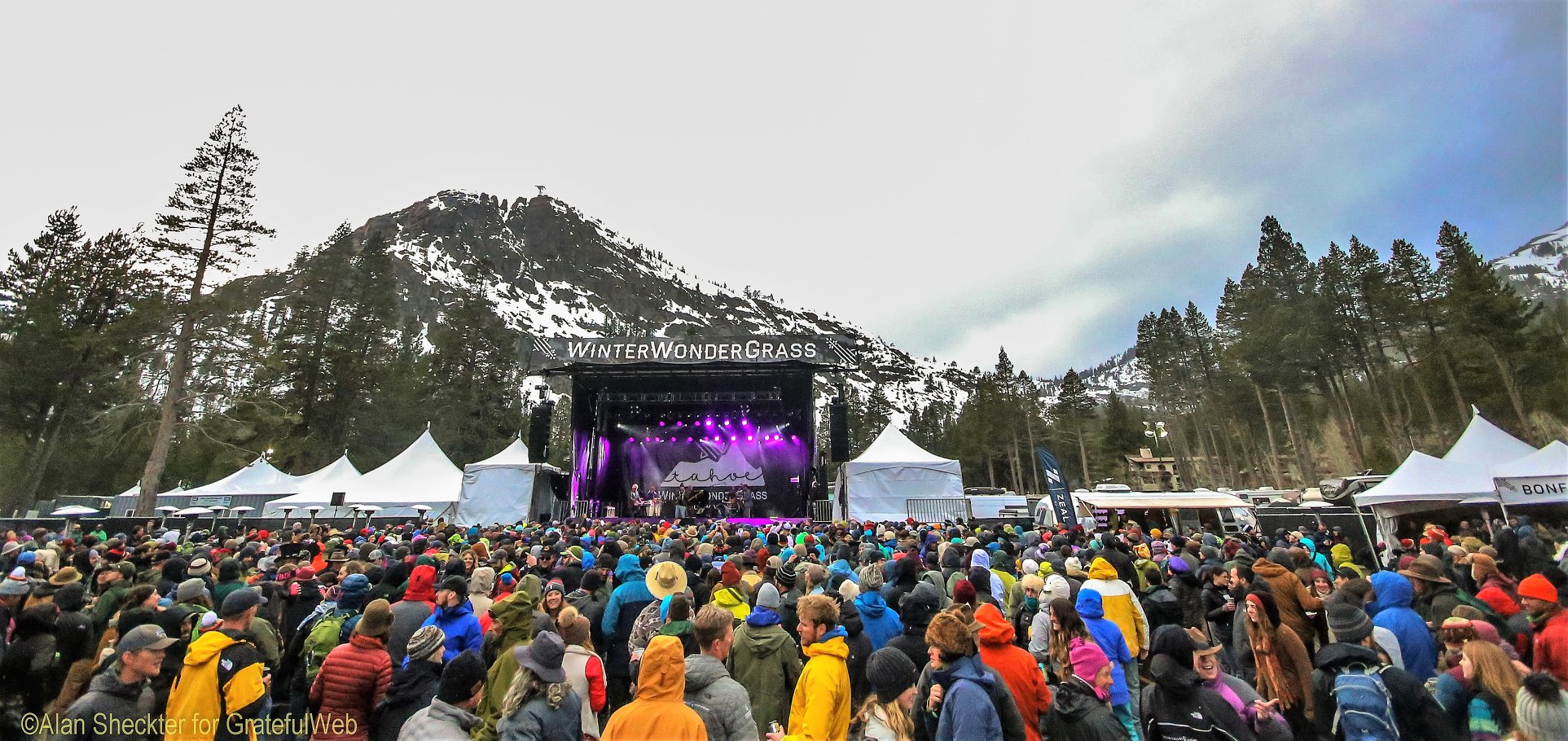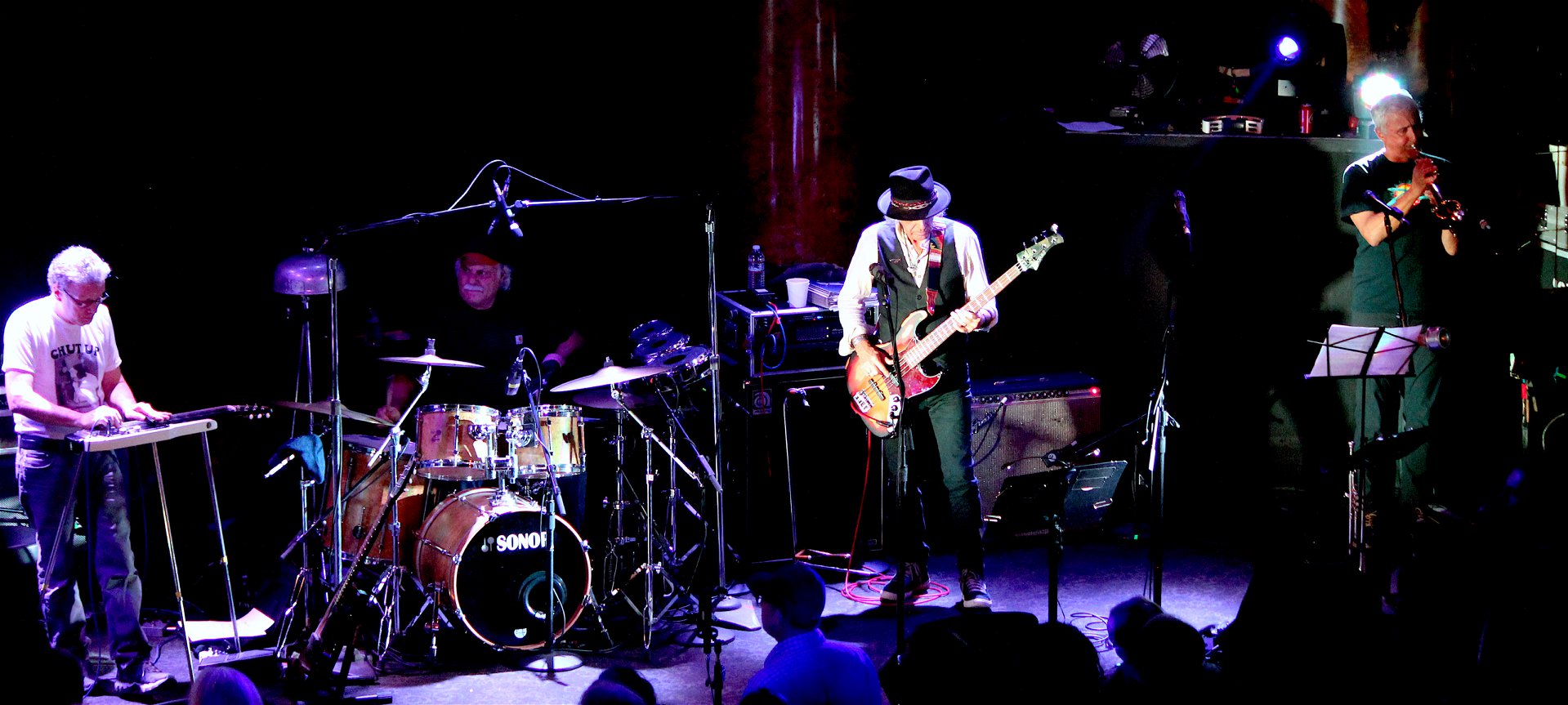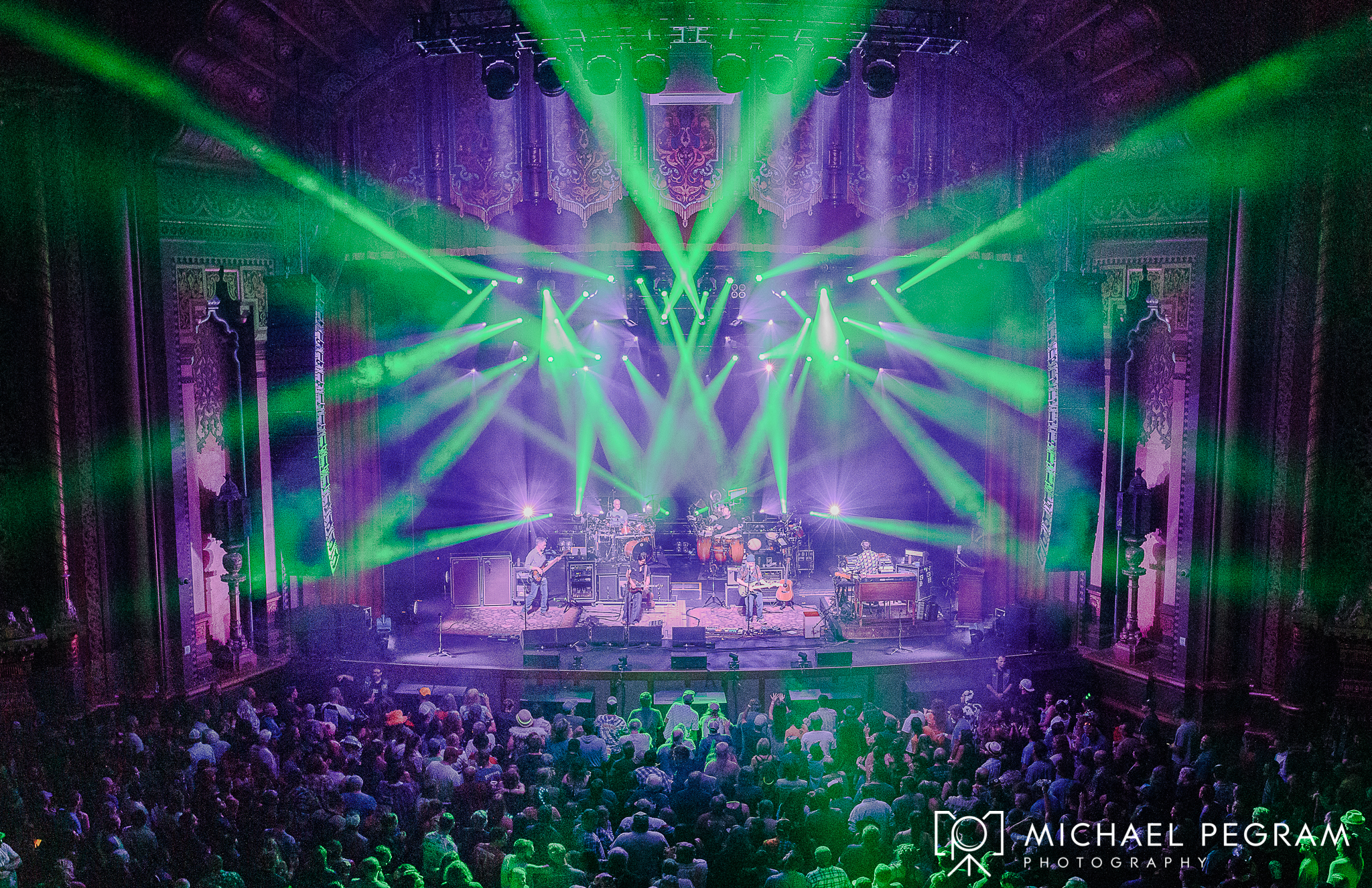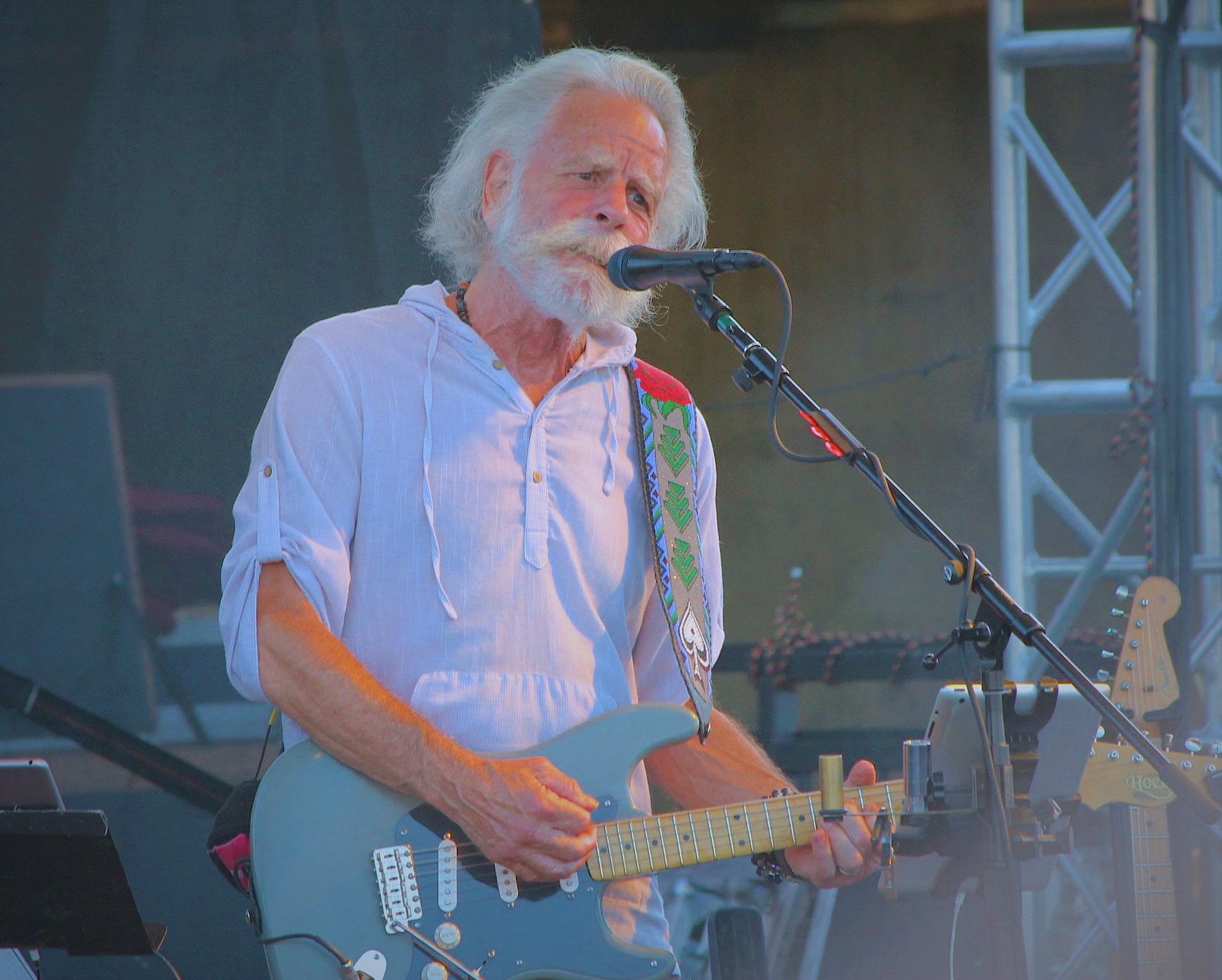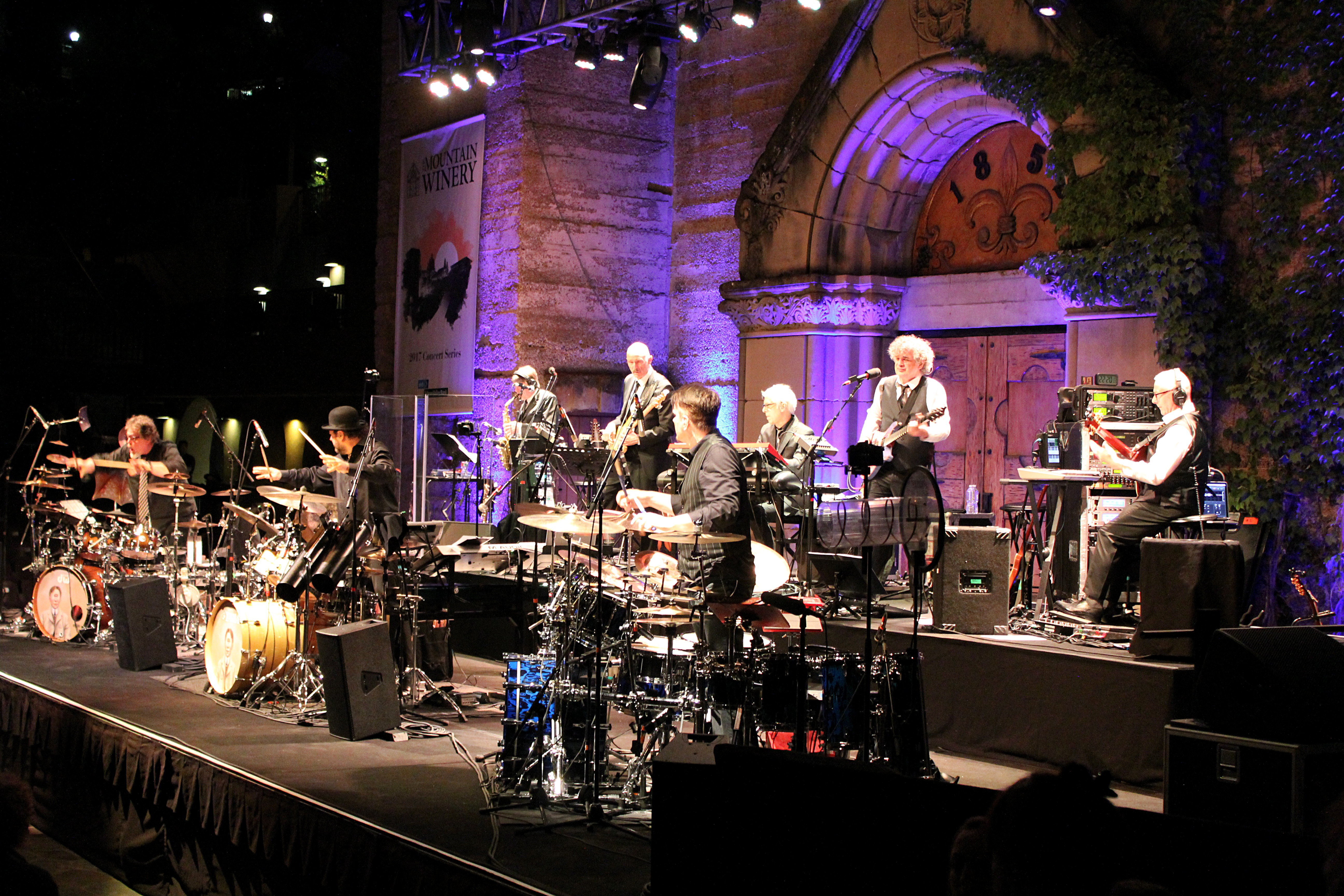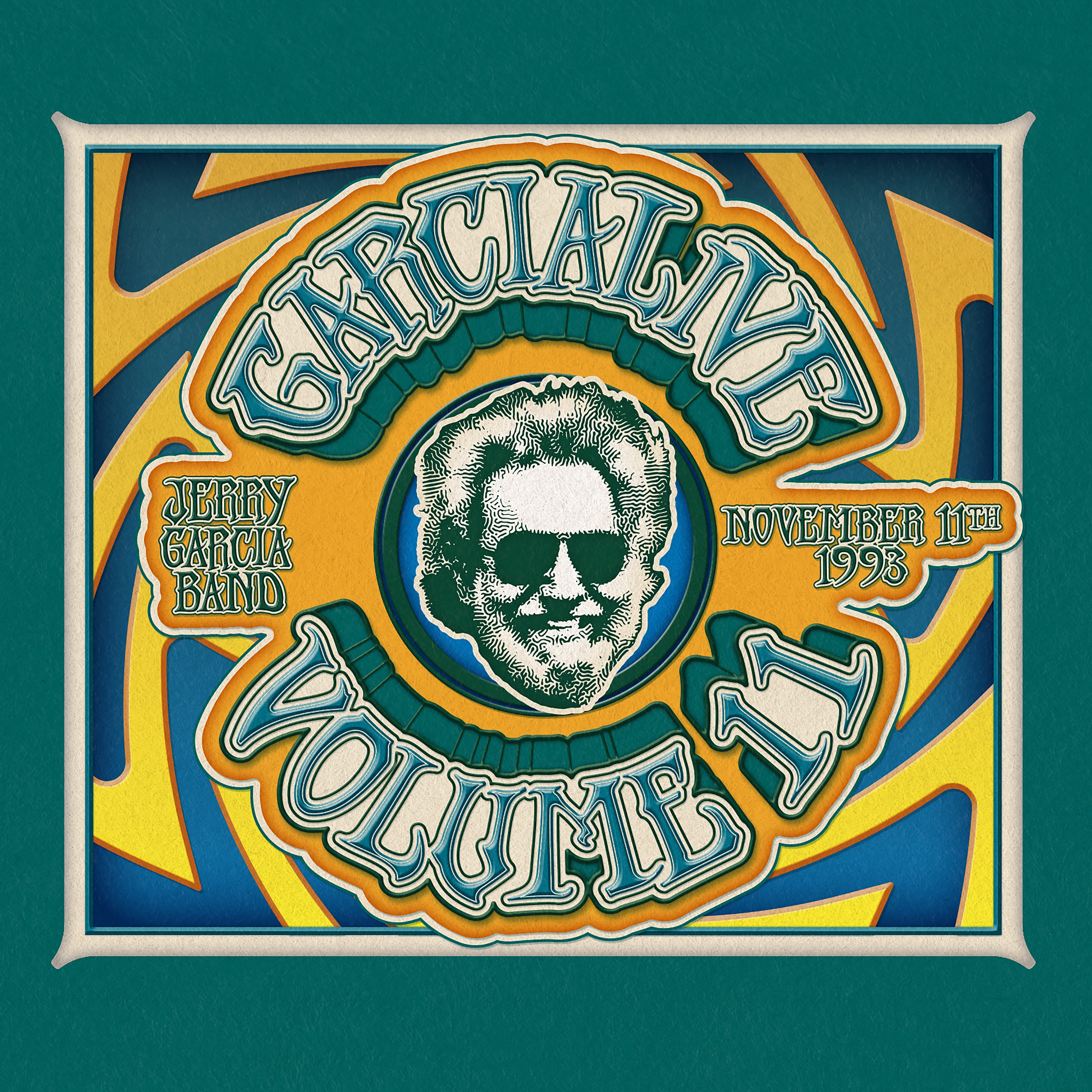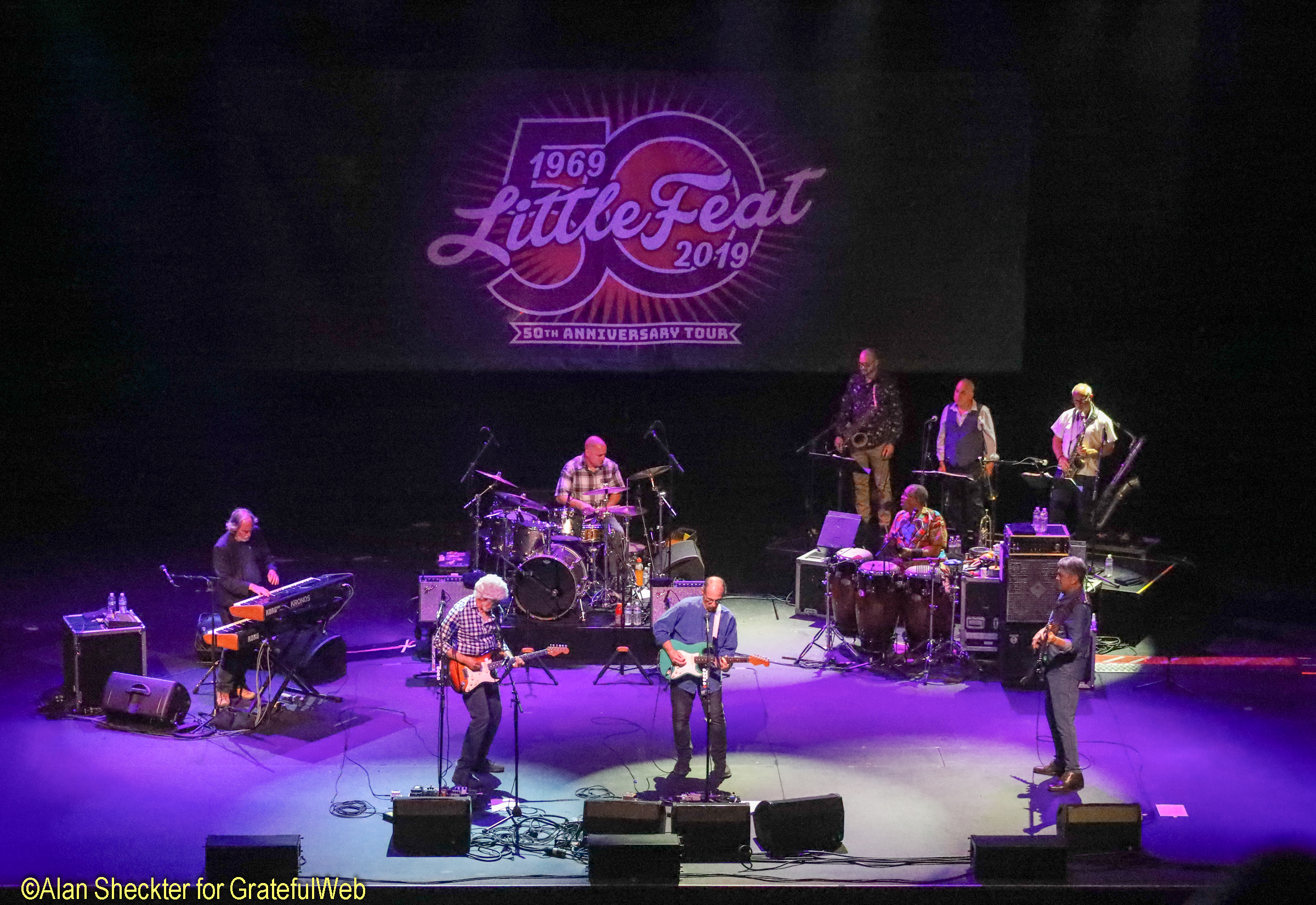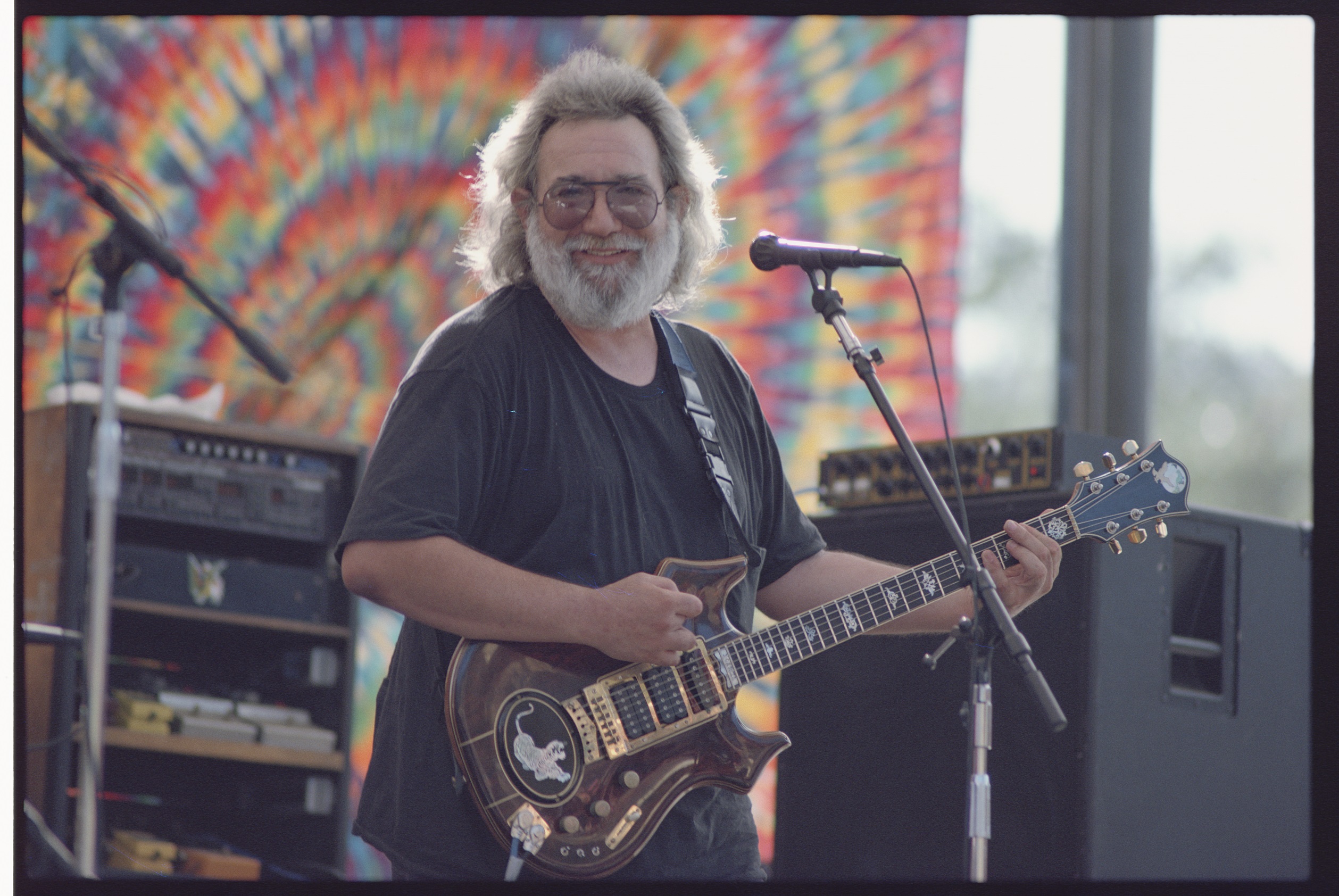For nearly four decades the guitar playing of Steve Kimock has captivated listeners of all different musical palettes. The master improviser and bandleader is busy as ever, nearing an exciting nationwide tour with his new band K I M O C K featuring his son John Morgan Kimock on drums, familiar cohort Bobby Vega on bass, and Leslie Mendelson on vocals and piano. I’m here today with Steve to talk about this surge of new activity.
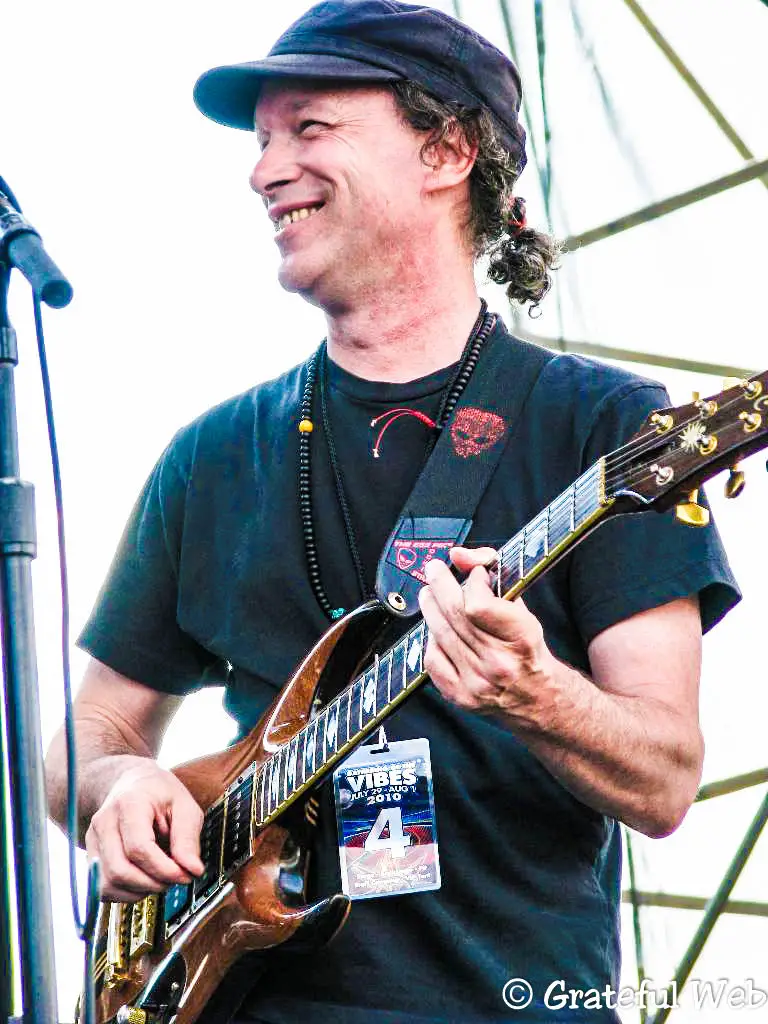
GW: Thanks for joining me Steve.
SK: You’re most welcome.
GW: There’s the famously recycled quote, “writing about music is like dancing about architecture.” Perhaps the same could be said of talking about music. Do you find describing your craft a challenge in that way?
SK: Yeah. There are many aspects that work fine and those can be fun discussions. At some point it gets too personal to explain as far as execution or where you might be in your head. That’s when it gets difficult [Laughs].
GW: And perhaps the listener has their own experience and interpretation when they hear the music you create. That could impress an entirely different set of expectations or ideas.
SK: I think that’s normal. There are objective qualities to the music no matter what because it exists as vibrations. There is physicality to it and a symmetry and polarity. The neat thing about that is as individuals, we don’t really have an emotional center to reckon that music from. You could get up one morning, listen to something, and it could be appealing to you. The next morning the same music might not do it for you. Something else would fit your mood.
GW: Absolutely. It’s something I’ve thought about.
So you’ve got a lot of new stuff going on. This upcoming new album, Last Danger of Frost, is contemplative, discrete and perhaps a change of pace. What brought you into the studio to record these tracks? Why was it time to record?
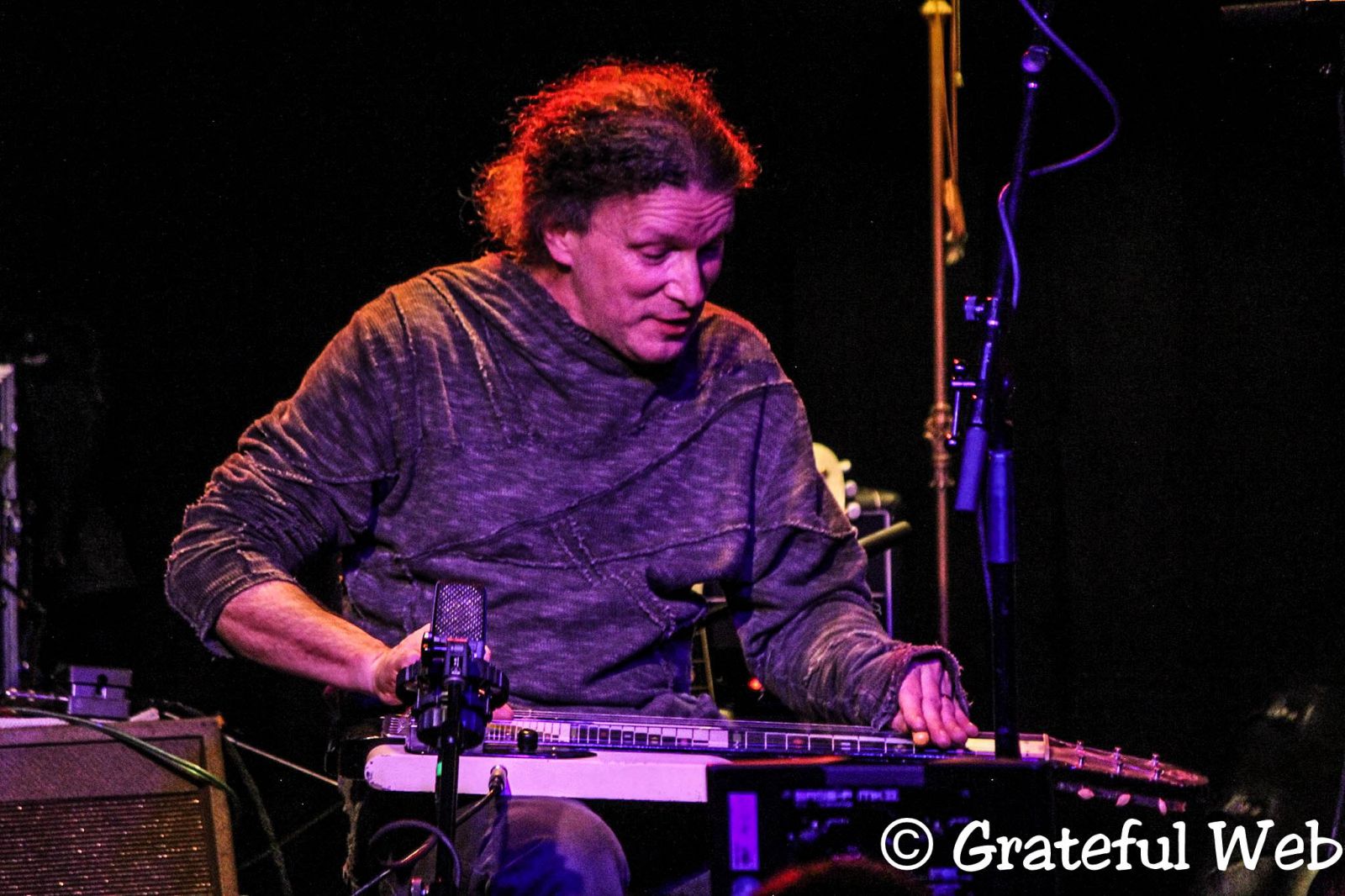
SK: For me, it’s been the time to record the entire time. But it’s been logistically difficult to do. In order to put yourself in that situation you’re taking time off to do pre-production, writing, and everything else. I have to keep working. It’s a considerable expense to drag a giant crew of people; it honestly hadn’t been in my budget. What made this an attractive move was I recorded it in Pennsylvania, in my barn, enlisting the help of no one but my very capable engineer.
It’s not me in my “featured soloist in a dance band” mode. It’s not the lead guitar thing. But it’s not new as far as the basic direction; I’ve been there all along. When I’m not out on the road as featured soloist in a dance band, I’m at my home; playing acoustic guitar, fretless guitar, Hawaiian guitar, and the whole sound design aspect with synthesizers. It’s those very personal edges that don’t make it to the stage because it just doesn’t apply in a rock band format.
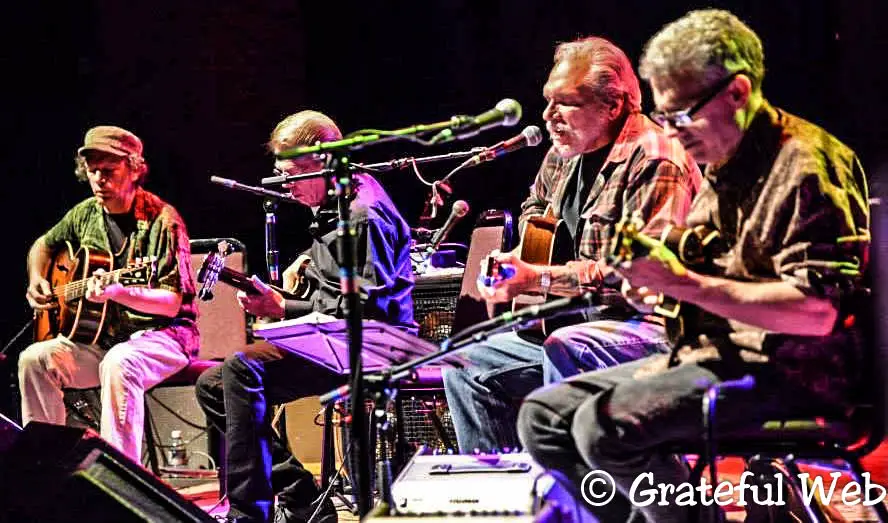
GW: You recorded this entirely solo with moments of your own overdubs. How did that change things?
SK: When you have a band with you in the studio, you put together a program; you write a bunch of collaborative songs, grab a cover here and there. One of my favorite things about recording is after I complete all of the tracks; I love putting them together in some order that makes sense. As if it were radio, taking a pile of tunes and deciding what the appropriate sequence is.
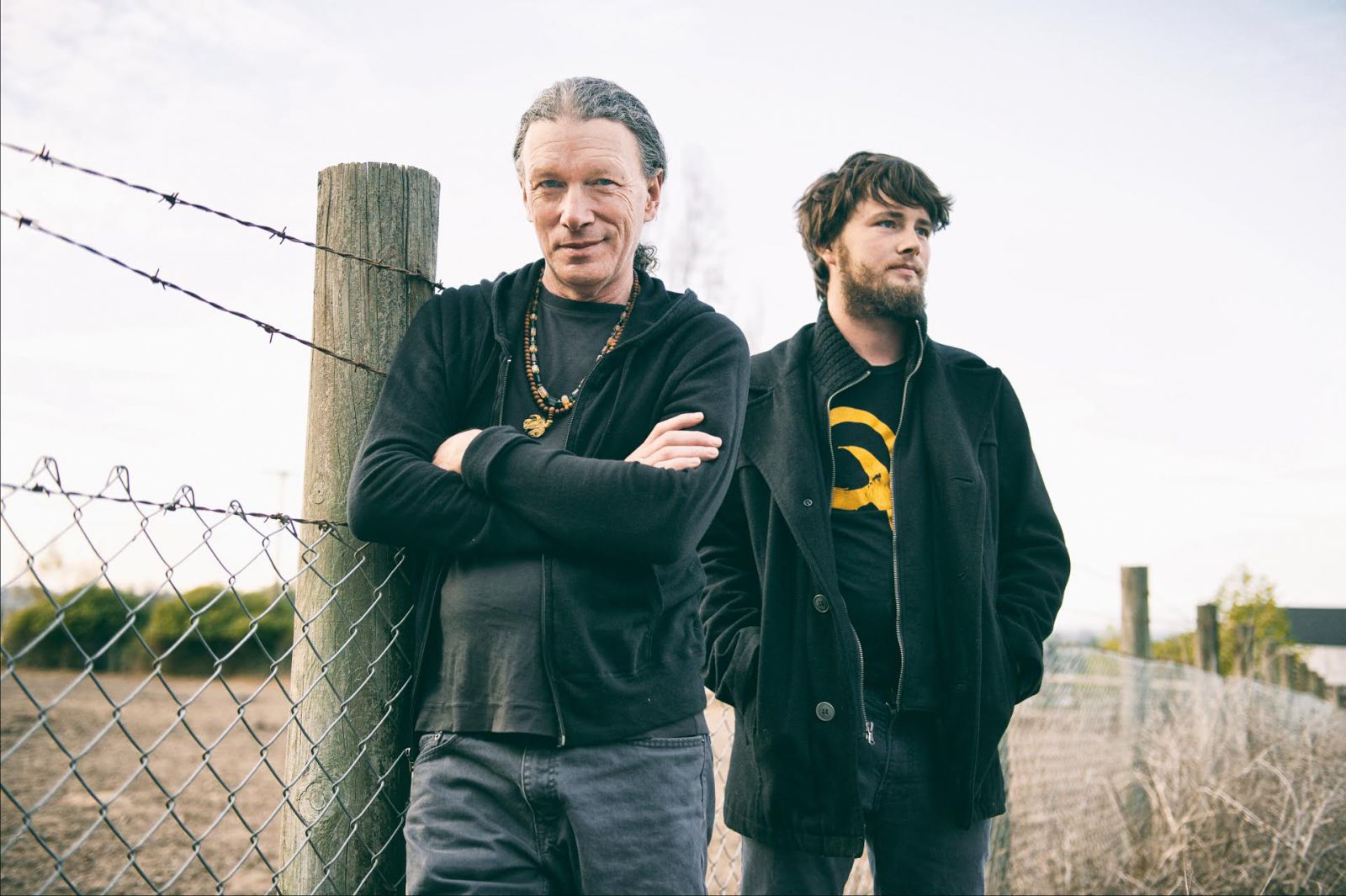
This time it wasn’t like that. I went in, and said, “Here’s an idea!” I took an idea, elaborated on it and messed with it. And then when it took on some kind of shape, I’d go, “Okay, how about something different?” Then I’d work on another idea. If you were thinking about music not as making it but finding your way in it, the sequence of songs is the sequence of events that we found the music in. Finding my way through the various territories available to me, without the limiting restrictions of a band format.
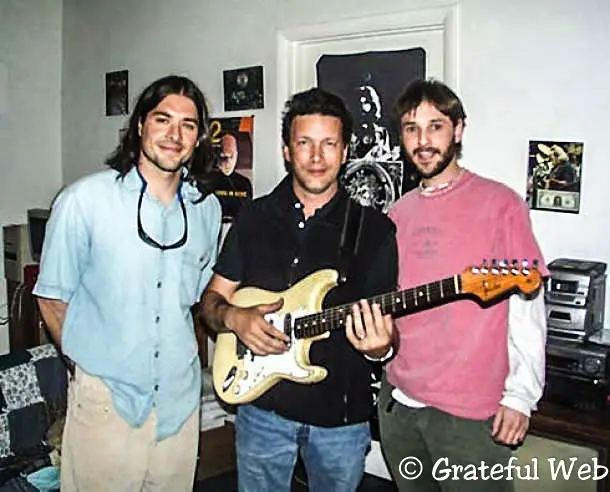
GW: It really does gel well together. I found myself fascinated with the string work on “Surely This Day” and the reprise. It seemed to carry a multi-cultural or even Eastern influence to it. What types of guitars did you use to achieve this sound?
SK: “Surely This Day” is just solo Regal Square Neck Hawaiian guitar. The Regal, which I’ve had for a long time has been my main house guitar for the Hawaiian style playing, which is a lap guitar with open tuning. That is, not Spanish guitar.
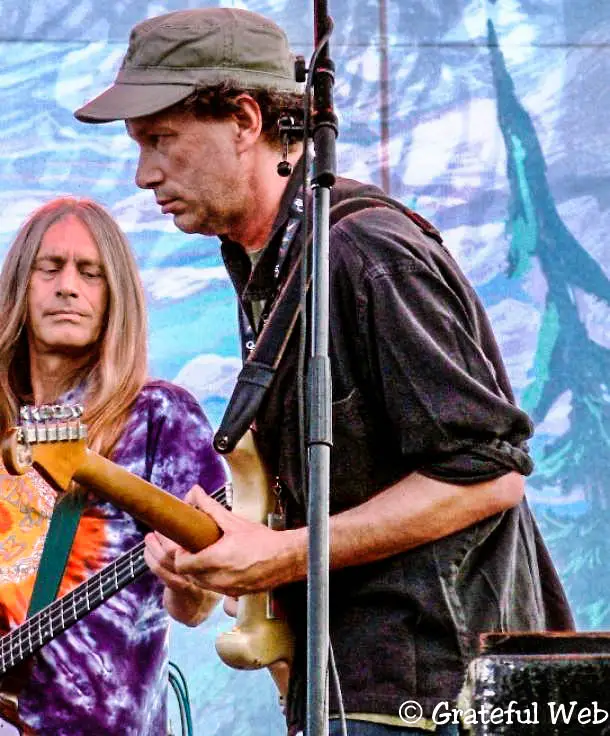
Some time ago, I was driving somewhere in Oregon on tour on a Sunday going between towns and I saw a little music store and that guitar was hanging in the window. I jumped out of the car and ran over to the store and pressed my nose against the glass. The store was closed, and I wanted that guitar. It was like $300. I noticed a light on in the back, so I started banging on the window. Eventually the guy came out all pissed off because they were closed [Laughs], and I pulled the $300 out of my pocket and he opened the door and he handed me the guitar. I remembered seeing Harry Partch, the great American microtonalist composer, pictured playing that exact model of guitar.
It’s just an old Hawaiian guitar. Anytime I’m playing off the frets, it’s that guitar. As far as Eastern Influences go, there’s always a little bit of Ali Akbar Khan in my playing. When I moved to California for the first time in the mid-1970s, in my first little one-bedroom apartment, I walked outside and realized I was adjacent to the Ali Akbar College of Music in San Rafael. I was twenty feet from the door and there were a bunch of kids tuning up and playing out-front. I couldn’t believe what I was hearing. I ran over and listened and I was hooked. I always dug that North Indian influence that showed up in mostly George Harrison’s work with The Beatles through Ravi Shankar. I thought that was cool. As I grew up I realized it was a very different kind of music with different intonation and a different reason to be, coming from a different place and going to a different place. I keep up with it at least as a listener, and it’s definitely influenced my playing. You’ll always hear a little bit of that.
GW: As a non-guitar player it was hard to place exactly what you were playing, but it struck me as beautiful.
SK: Yes, that’s the Hawaiian guitar, as opposed to Spanish guitar. It’s a lap guitar whereas the Spanish guitar is the underarm guitar, in the old vernacular.
.jpg)
GW: I was struck deeply by the beautiful acoustic rendition of "Tongue N’ Groove." What inspired bringing this particular classic to an album of newer tunes?
SK: If I’m sitting at home and playing the tunes that I’ve played in various rock ‘n’ roll band configurations, I have my own way of playing them solo. I love to endlessly mess with them. Different versions and interpretations help keep the ideas fresh in my head. Whether it be using a variety of guitars or even playing on the piano, I continue to work on ideas. It was appropriate at that point in the record, since I had just done some ridiculously cut-loose electronic sonic stuff, for some acoustic guitar. I had recorded a bunch of solo improvisation acoustic stuff that was really stream of consciousness. It was pretty stuff but it didn’t make sense all scattered. After that more formalist electric stuff I just wanted an anchor tune as far as song form and melody.
GW: It fits well, in the cozy confines of your home studio in Pennsylvania. This is how you might play your song at your house.
.jpg)
SK: Exactly. It’s the personal aspect of it. The whole record as it turned out was intensely personal. It almost felt deliberately naïve in a way, to stick with your first take of finding your idea through a sound. It was wonderful to be able to do that. To not have to be in a funk or math rock band. The enormous range of a band is great, but it’s not that sort of sitting-at-home inward focus that this record wanted to be.
GW: You’ve become such a distinct player in all of these electric bands, and maybe you’ve made certain fans through that camp. Of course there’s also your followers from Zero, Steve Kimock Band, and Crazy Engine, but this is a personal statement right now entirely from you.
.jpg)
SK: I need that as a person trying to live a musical life. I’m sixty years old. As wonderful as all the rest of that work was and the whole shape of it, there’s only so long before you can do certain things before you can go autopilot. I’m not crazy about getting up there and feeling like, “And now there’s this shit again!” I don’t want to do that. I really need to continue to be engaged and not let the employment aspect of the whole thing stall concept development. I am trying to keep active, heads up and aware.
GW: 2016 has been a huge year so far for you. In addition to releasing Last Danger of Frost, you have your “new” band. In a way it’s the band that’s always been with you. Your son John Morgan on drums who's been your musical conspirator for a long time now, your lifelong musical partner Bobby Vega on bass, and Leslie Mendelson on vocals, guitar and keyboards.
.jpg)
I started seeing Leslie guesting with you at the Sweetwater. She’s just phenomenal. How did you discover her? How does this musical friendship begin?
SK: We ended up at the same TRI event, at Bob Weir’s studio broadcast. I didn’t know Leslie when she came in. We sat down and played and I could instantly see where she was coming from as a writer. She seemed so off the page. I grew up loving pop music and pop songwriting. So much of that music meant so much to me. Leslie comes from that love also. We have this song craft sensibility and a similar work ethic. She is game. We have a similar attraction to song in general and there’s good chemistry, to the extent of that I wanted to make her part of this personal thing. It’s not the kind of thing where I could hire a couple of hot shots that I didn’t know. I wanted people that I knew could work in this format, where we had that trust.
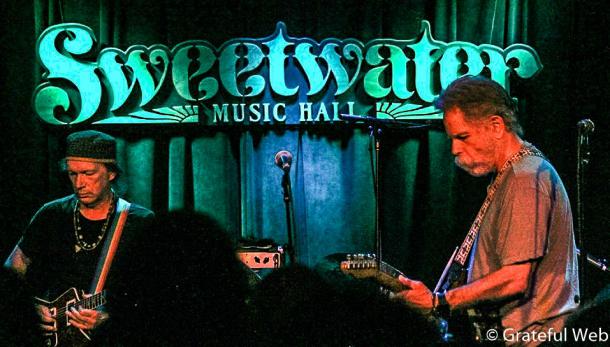
With Johnny and Bobby I’ve been close with them for a long time. They get me, they put up with me. They help me keep that part of the trip going that was essential to me before in all of those other bands. In that improvisational space you’re dependent on chemistry, trust and knowing where people are coming from. That is all maintained. The only part that got pushed aside is the rock band format. It’s become a dynamic space where you can’t cheat the acoustic aspect all the time. For the last decade I got to every gig and I looked at the room and looked at the people and asked myself, “Can I get away with just going out there, sitting down, and playing?” And it worked, to open the show perhaps, but then you can’t get back to it. I’m trying to promote that listening environment the entire time.
.jpg)
Another aspect to this project is that I’ve had a lifelong attraction to electronic music that also didn’t make it onto the stage in the rock band format. In the past it got to be circulating and reiterative melodies. I always thought it would be nice to combine those two elements that might have otherwise been separated by genre.
GW: Last month at the Sweetwater Music Hall when you premiered the K I M O C K project, the crowd was clearly awestruck. You could hear a pin drop. That was a copacetic group of listeners. On this upcoming nationwide tour you’re playing some similarly intimate spaces. I hope they’ll give you the same level of attentiveness.
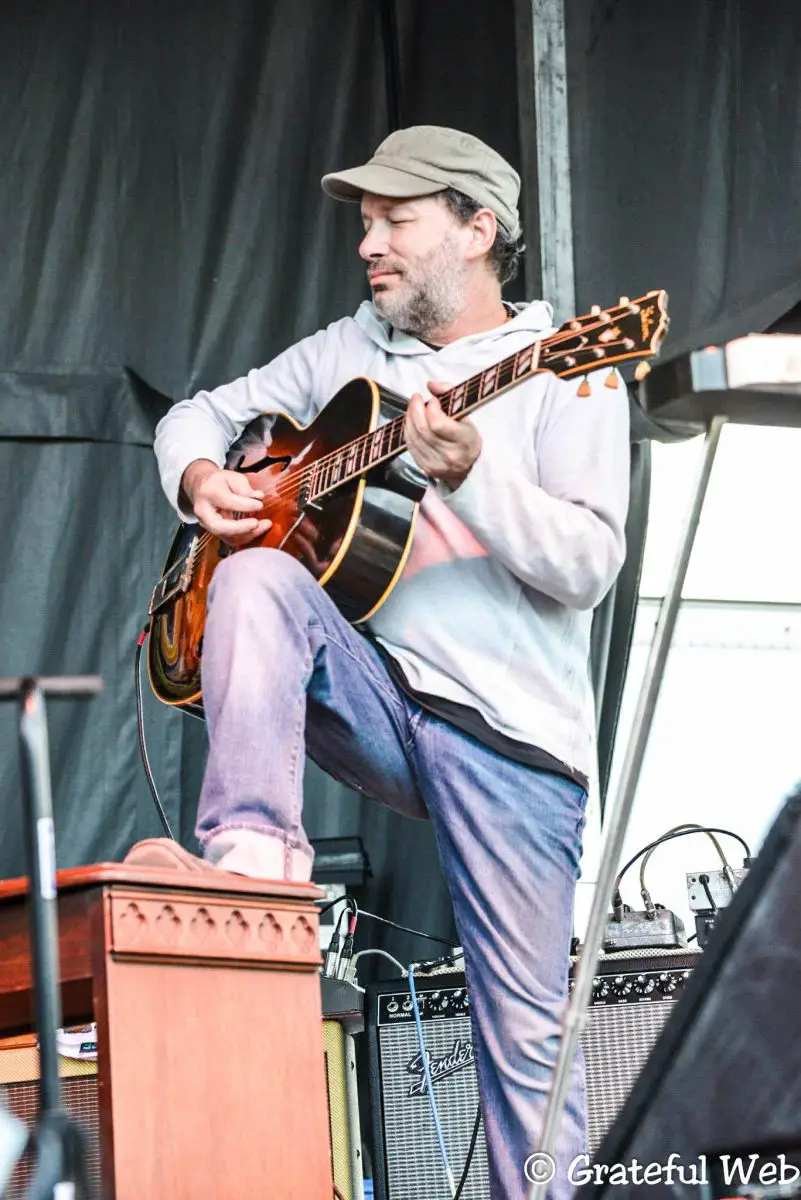
SK: I’ll bet they will. It’s the nature of the thing.
I’m not divorcing myself from the blues band aspect of it. I’ve done it long enough, love it enough, and gotten good enough at it that I will continue with that. Still, this format [with K I M O C K] allows me to keep my attention front and center. Last year I spent a lot of time doing Merl Saunders and Jerry Garcia, 1970s Keystone Berkeley era stuff. I love that, for so many reasons. There wasn’t the room for reinvention that I have with this band. So there’s room for all of that.
GW: It’s a great moment for you as an artist to get to play what you’d like to be doing most.
On another note, you have a very extremely upcoming gig beside multi-string instrumentalist David Lindley at the Throckmorton Theater in Mill Valley, California. Have you been acquainted with David for a while? How did this upcoming collaboration come to fruition? What does Lindley’s music mean to you?
SK: David Lindley is maybe my main man of all time. It’s a ridiculous gig for me. I’m not a fan boy of most stuff, but I’m a huge Lindley fan boy. I used to see him anytime he was anywhere near the North Bay. I would see his electric and acoustic shows. He played a bunch with Wally Ingram (a common collaborator of Kimock’s). Lindley, for one guy, is as much responsible to my general musical approach as anybody. So it’s scary and I can’t wait. We’re gonna have a ball. I’ve known him for years. We’ve played on different records at times but never in a live setting, which is mostly me having so much respect for his trip, that I wouldn’t want to defile his raga. He’s a great dude and super knowledgeable, and we have lots of shared interests. I’m very much looking forward to that and future collaborations as well. I’m breaking the ice on the worship mode of the dude.
GW: It sounds like 2016 is your year. You’ve recalibrated and are doing what you want to do in the now.
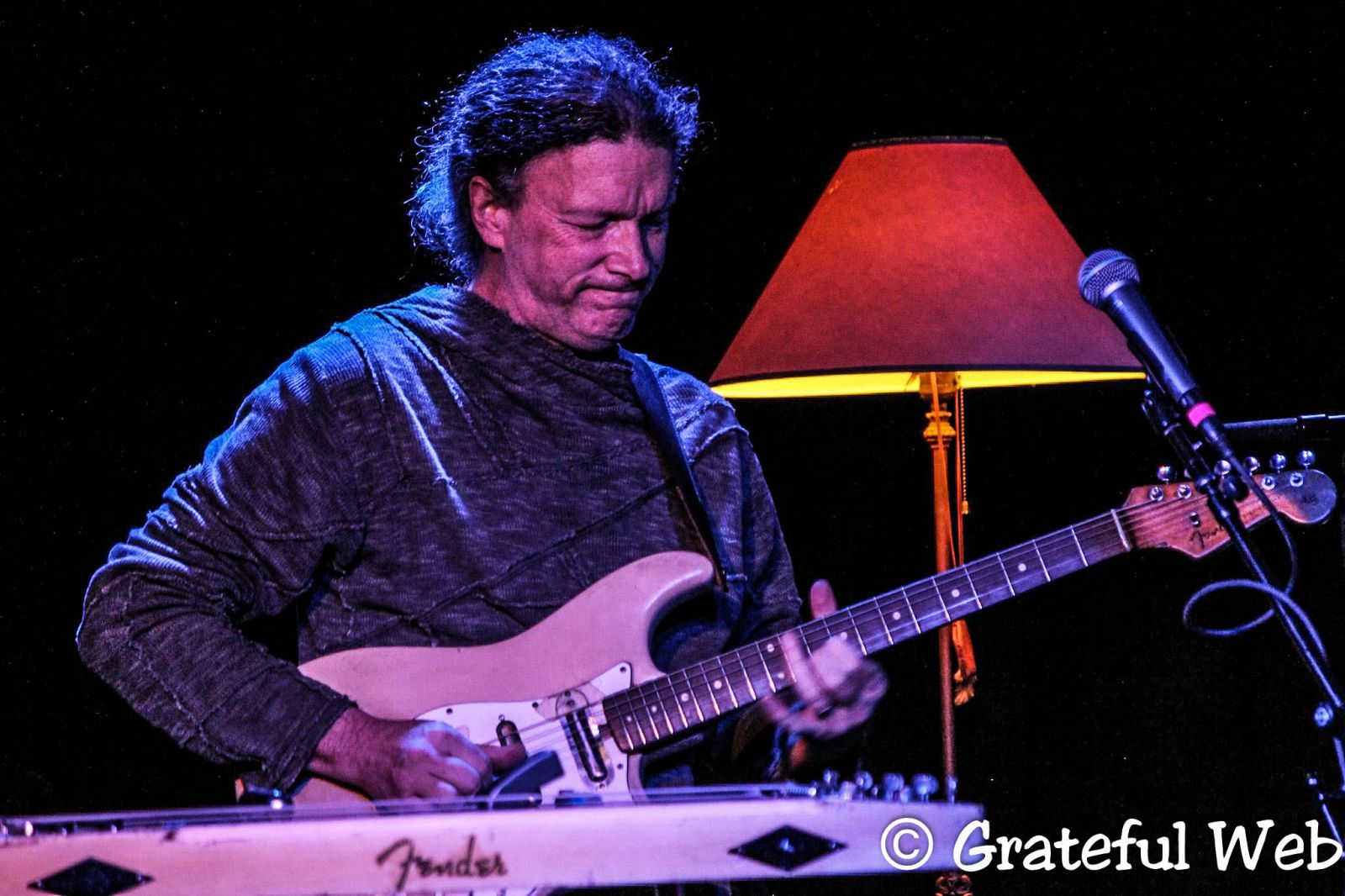
SK: Exactly. I came back from Pennsylvania to California with exactly this kind of thing in mind. It’s time to play some music, let’s go!
For a full tour schedule on K I M O C K’s upcoming March tour visit kimock.com/shows.






